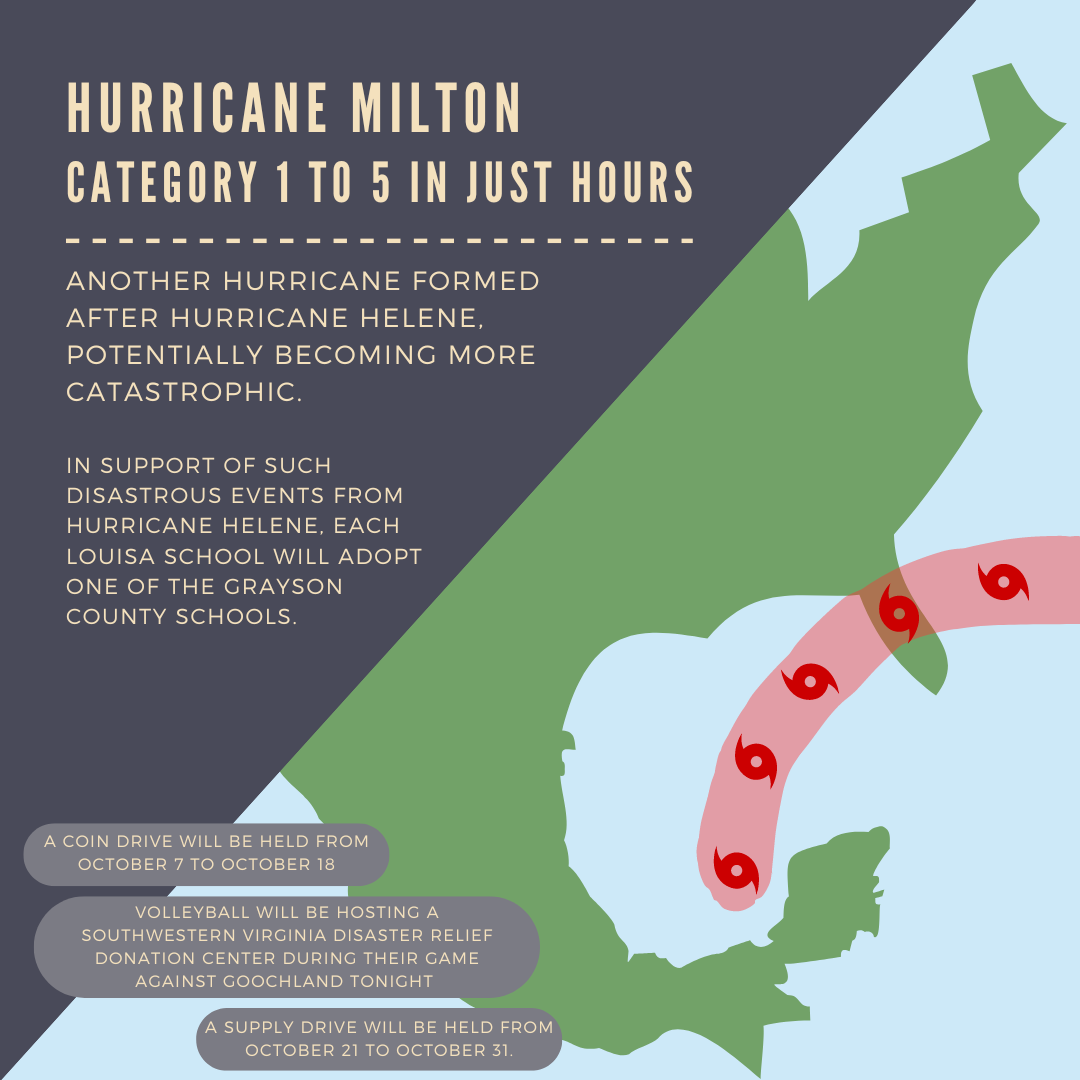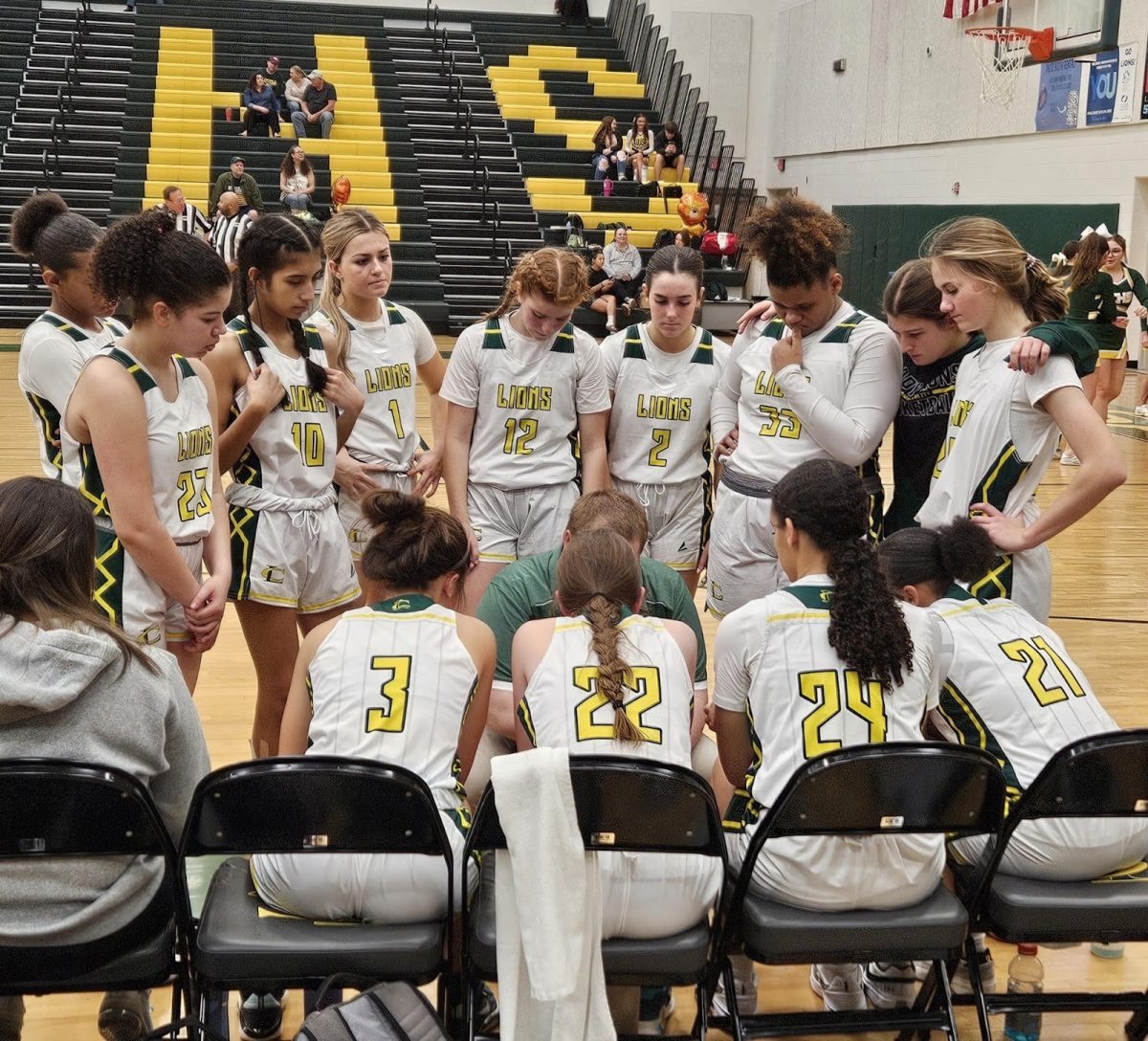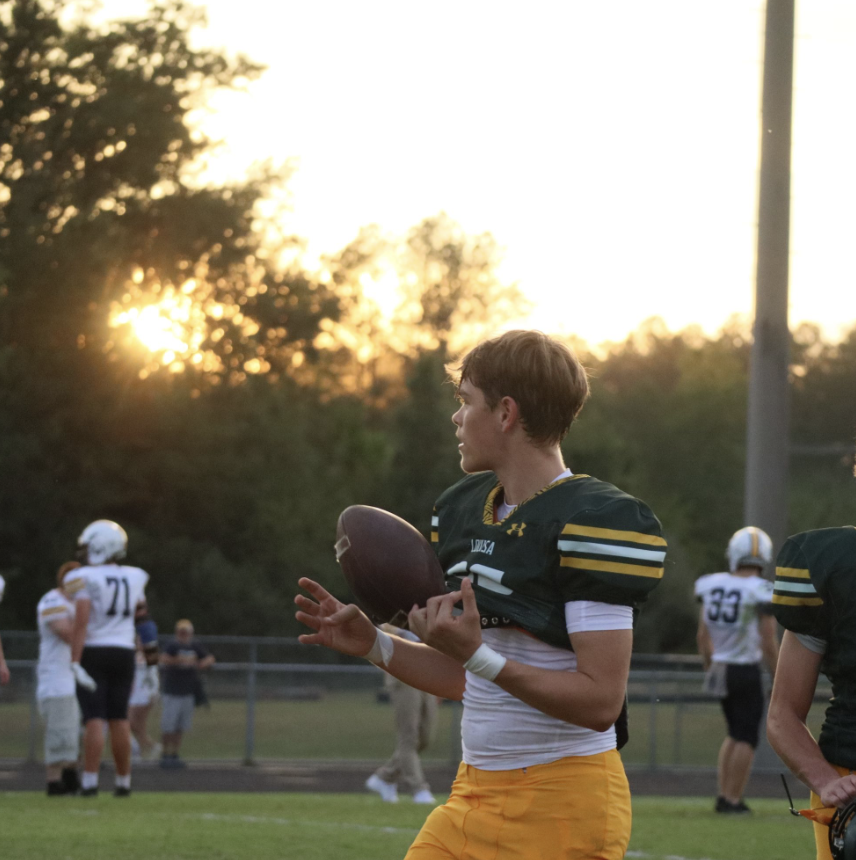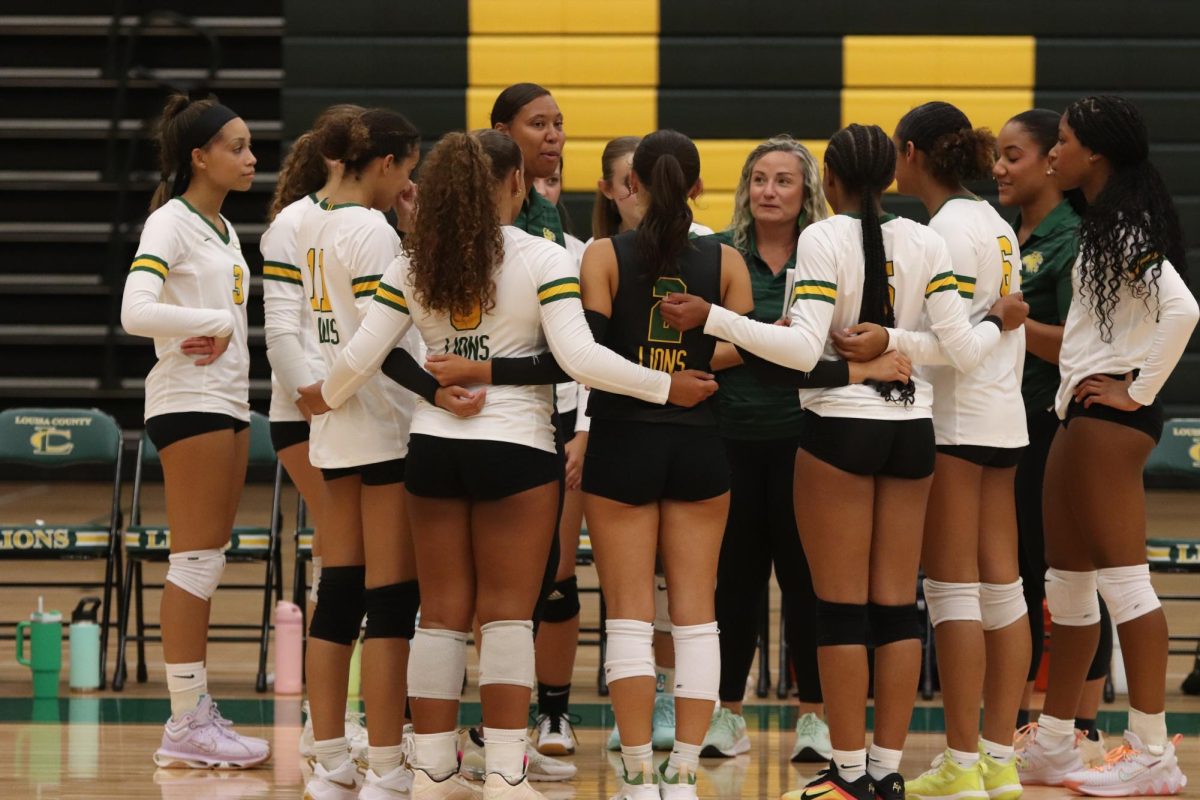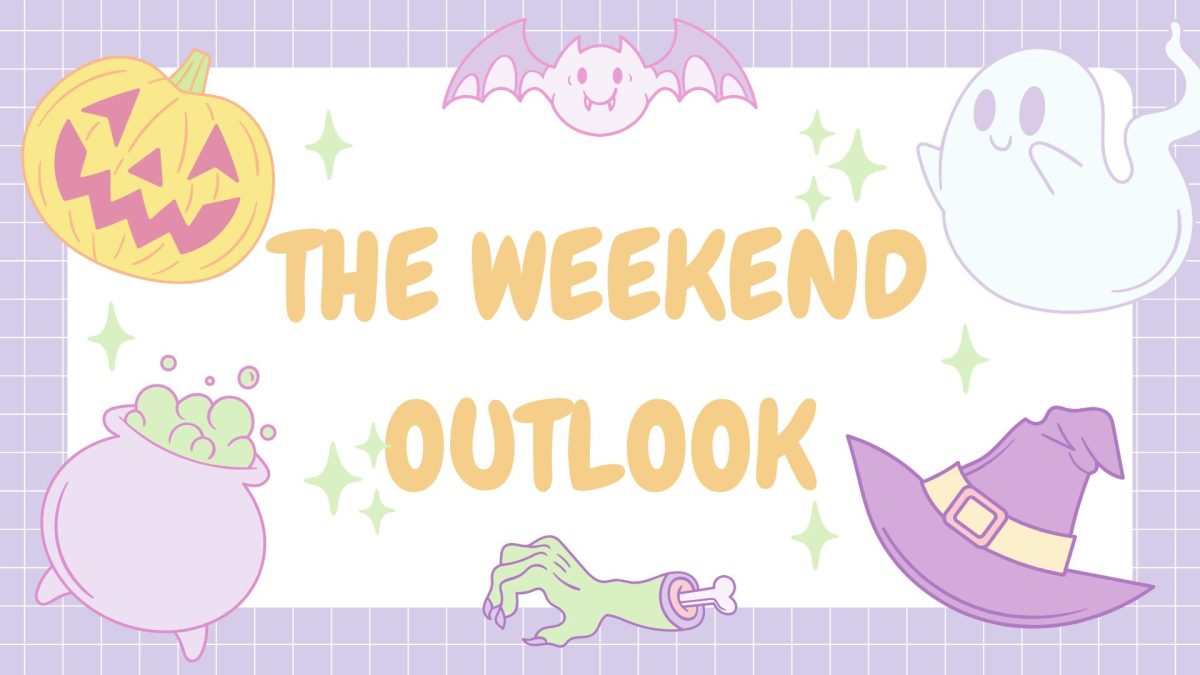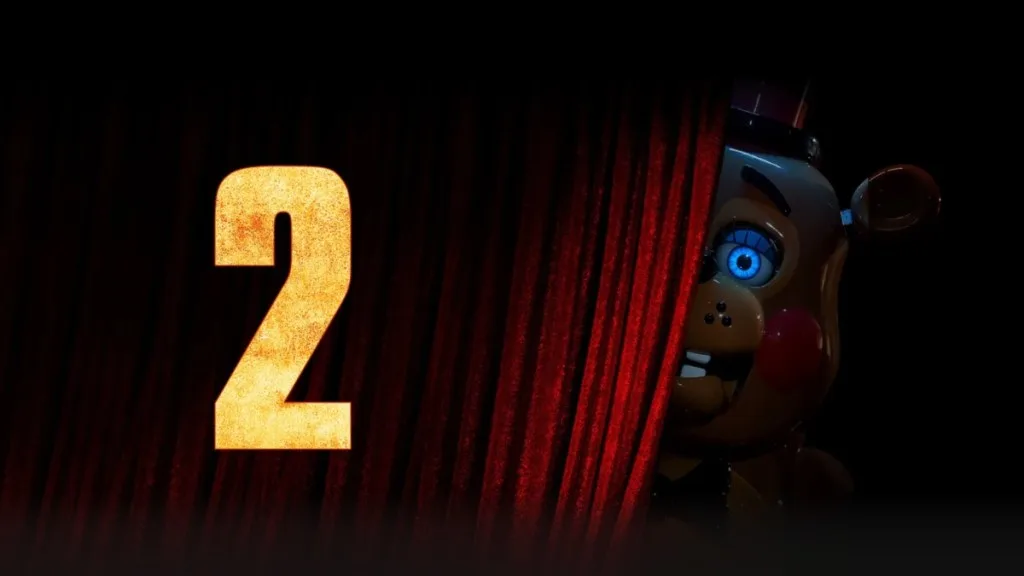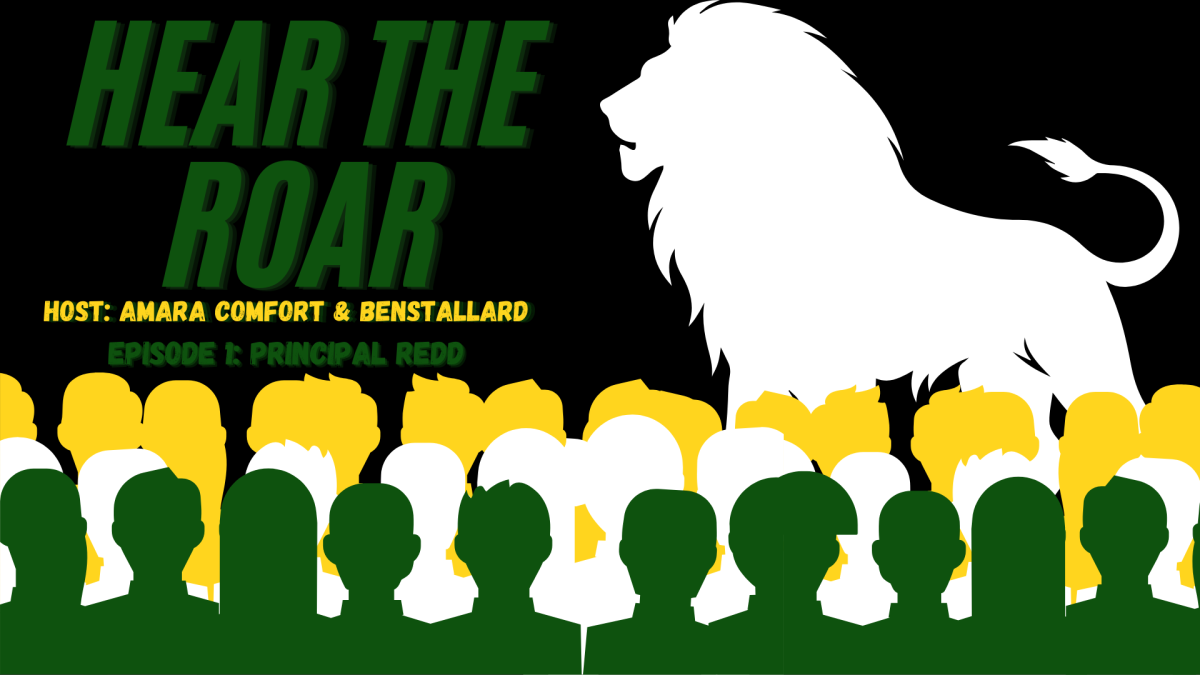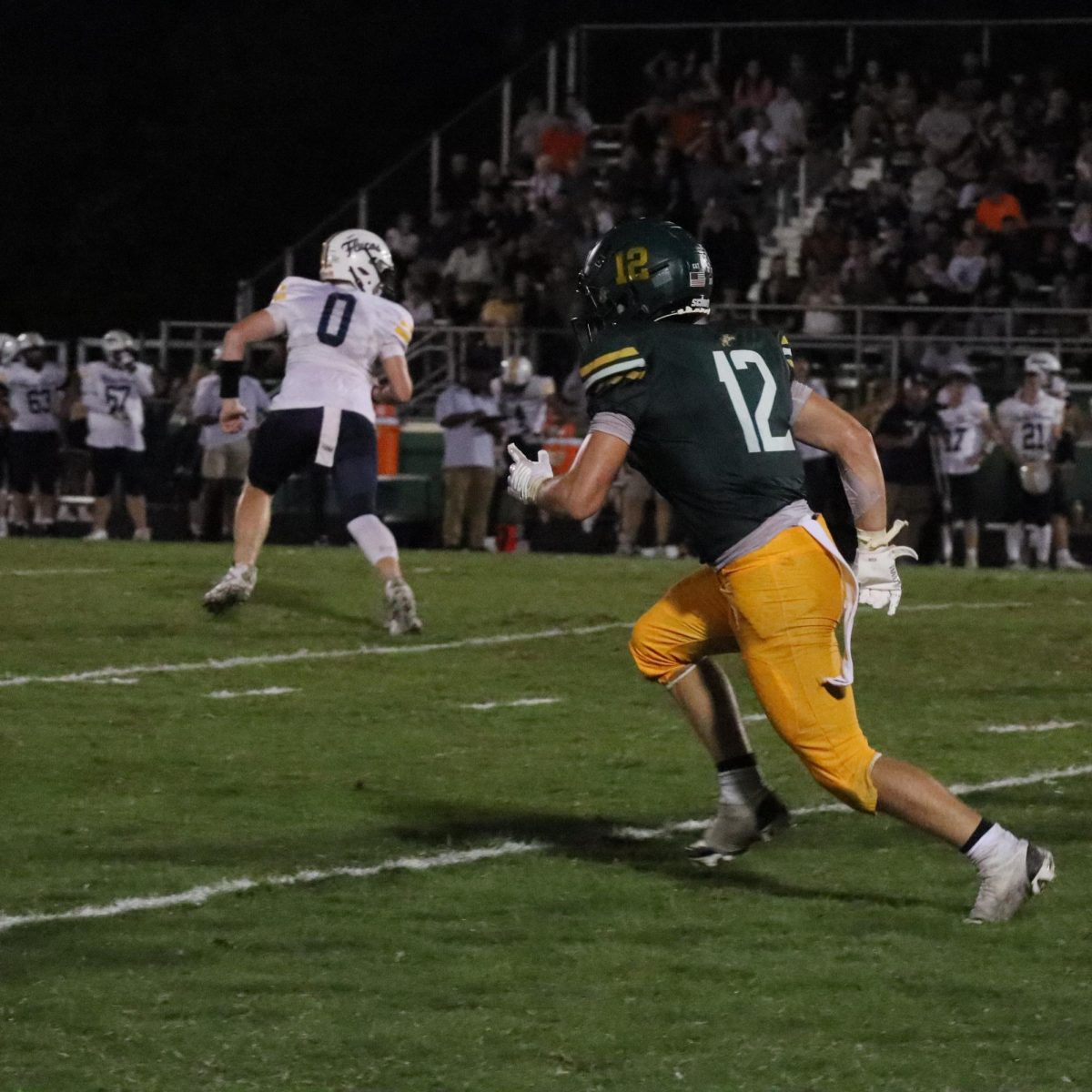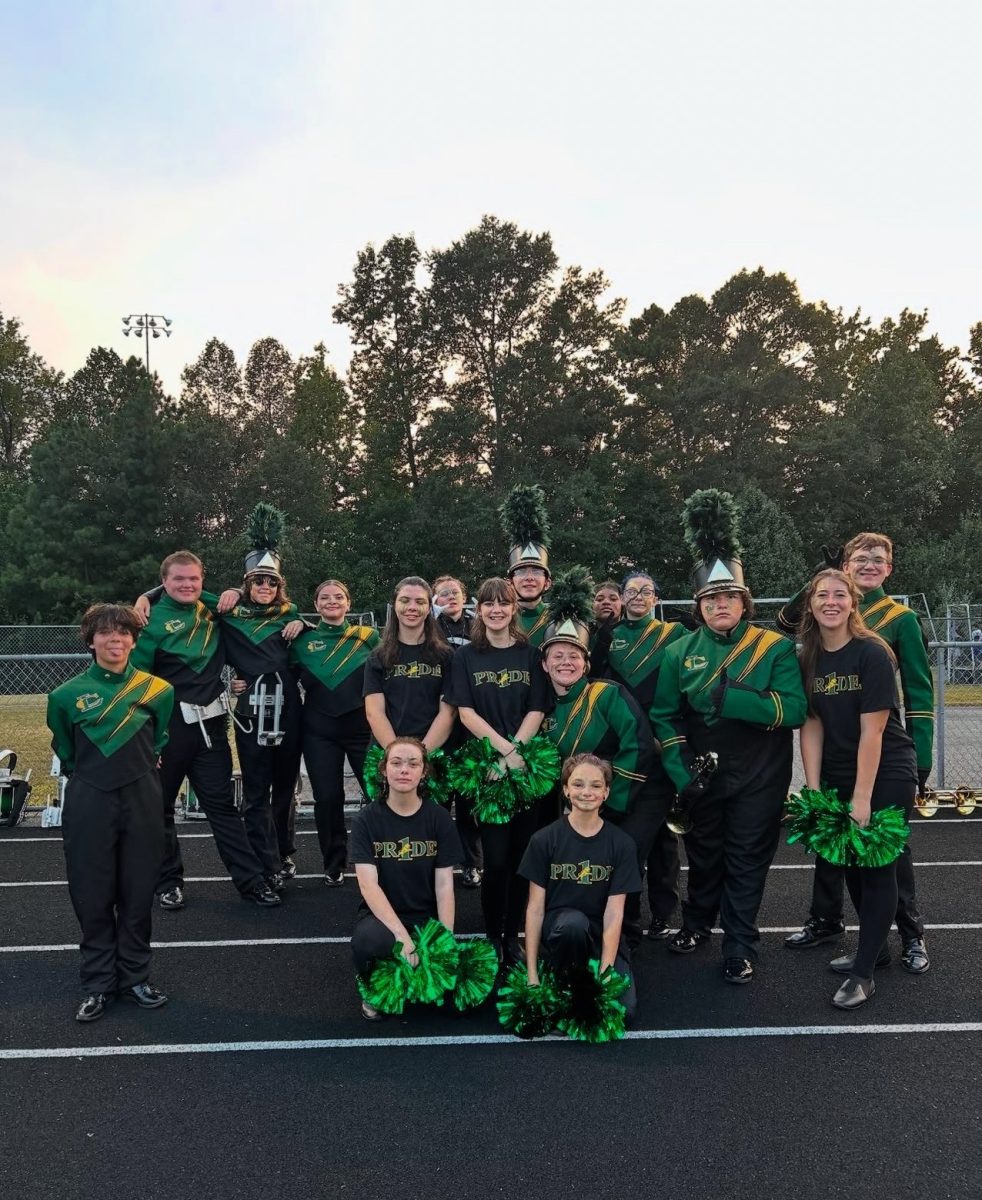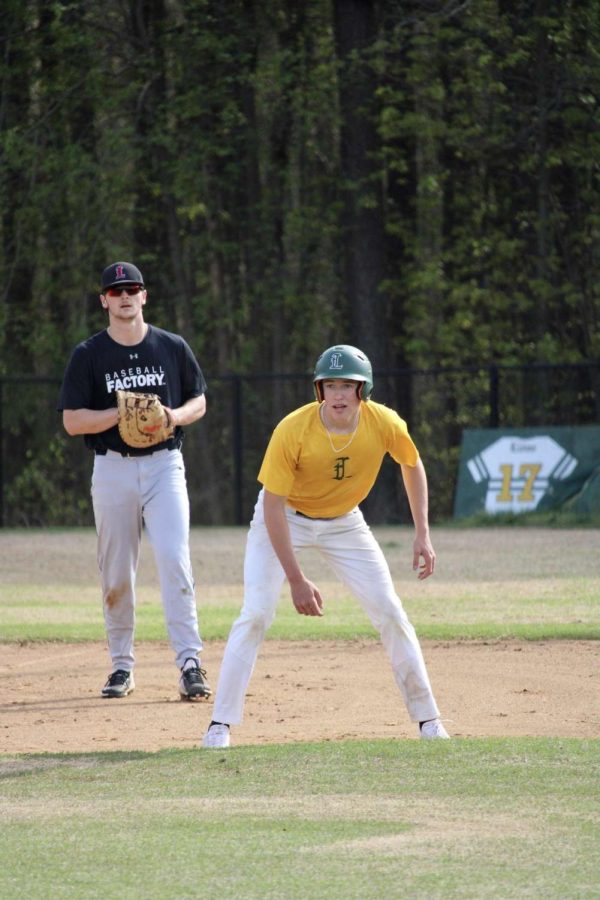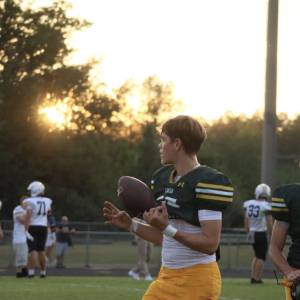Terminology: Baseball/Softball
Senior Jacob Barber rounds the bases in a 2020 Baseball game.
February 18, 2022
Key terms to know:
The count- The count is the number of balls and strikes a pitcher has thrown to the current batter. It is always shown in the format of balls:strikes
Inning- An inning ends when both teams play the field and hit once. After six outs, three by each team, the inning is over.
A run- A run is another term for a point.
Slaughter rule- Slaughter rule occurs if one team is beating the other by ten runs before the fifth inning, which will end the game.
Grand slam- A grand slam is when an offensive player hits a home run with another offensive player on each base. Each base runner will score, resulting in four runs.
Umpires- Umpires are the officials in the game. They uphold the rules put in place and determine if a batter is out or if a pitcher throws a strike or ball.
Typically, high school baseball and softball games last for seven innings. Both teams play in the field seven times and hit seven times, unless special circumstances prohibit this.
Offense: A hit is the most basic form of offense in baseball and softball. The batter stands in the batter’s box, and the pitcher, located on the pitching mound, throws the ball to them. If the batter hits the ball in between the third and first baseline, which is considered a fair ball, they will have to run the bases while the defense attempts to get the batter out. If the batter gets to first base off the hit, it is considered a single. If the batter passes first base and gets to second, it is considered a double. If the batter passes first and second bases and gets to third base, it is considered a triple. If the batter passes first, second, and third base or hits the ball out of the field but still between baselines, it’s considered a home run. Each time a batter goes around all the bases and touches home plate their team will receive one run.
Pitching: A pitcher has a strike zone to throw to. The strike zone varies between batters, as well as the umpire judging the strike zone. It is usually between the knees and armpits of the batter. A pitcher can throw three pitches that are not in the strike zone. When they throw a fourth, the batter automatically can go to first base. This is called a walk. A pitcher can also throw two strikes, and after the third, the batter is out and no longer allowed to hit. The guidelines that constitute a strike are a batter swinging the bat and missing the ball, not swinging the bat at a ball in the strike zone, or hitting the ball outside of the first and third baselines. The latter is what is defined as a foul ball. However, if the batter already has two strikes, they can’t get out on a foul ball and can hit as many foul balls as they can until they hit a fair ball, walk, or strikeout.
Defense: The defense is in charge of getting batters out, and if they achieve three outs, the defense switches to offense and gets to hit, and the offense switches to defense. A catcher is behind the home plate and is in charge of catching pitches from the pitcher and watching the entire field. Infielders are in the positions closest to home plate (usually they are on the dirt if a field has dirt and grass). The infield is in charge of fielding balls that stay on the ground (ground balls) and throwing to a base the batter is trying to advance to. They also catch pop flies or line drives that don’t have a lot of depth to them. Pop flies and line drives are when the batter hits the ball in the air, the defense catches it before it hits the ground, so the defense gets an out. The outfield is the farthest from home plate and is the last line of defense on the field. Usually, they are in charge of balls that get past the infielders. They also catch pop flies that have a lot of depth to them before they hit the ground. If they do not catch it in the air, the outfielders throw the ball to the infielder so the infielders can try to get the batter out.
The three main differences between baseball and softball are the field sizes, the ball used, and pitching style. From home plate to center field is 225 ft in softball while a baseball field is 400 ft. A softball is yellow and weighs about 6.5 ounces. Whereas a baseball is white and weighs about five ounces. In softball, the ball is pitched underhand, whereas in baseball it is pitched overhand.







